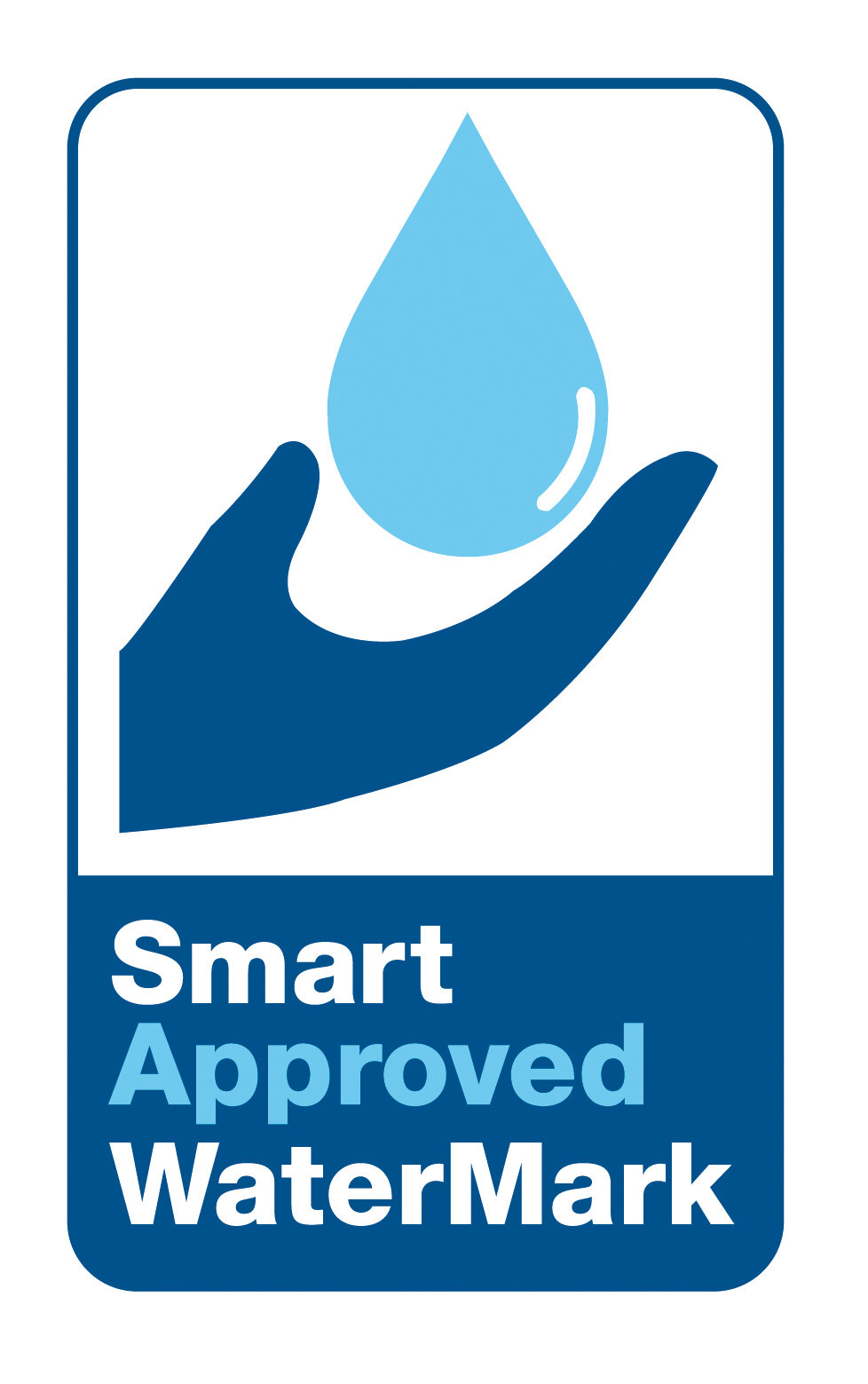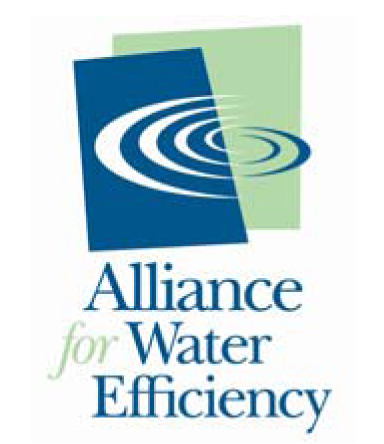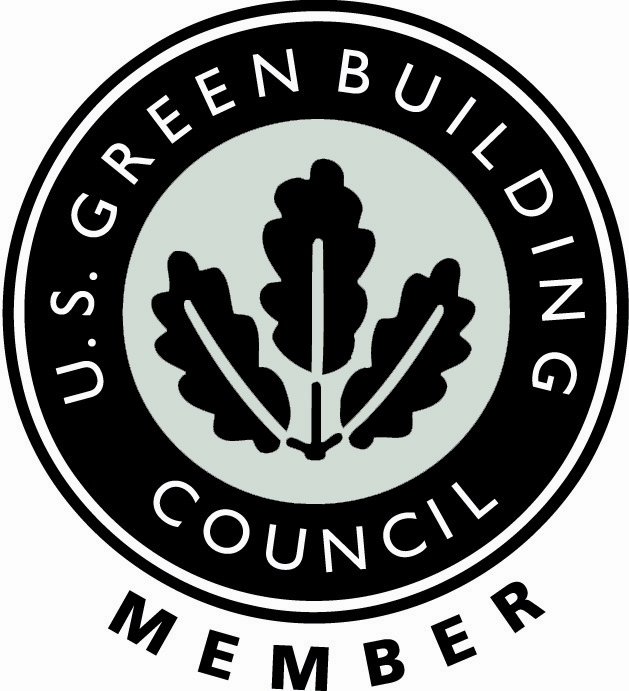In an earlier blog, we discussed the benefits and potential problems caused by hard water. One of the advantages we mentioned is that drinking hard water can be good for you. It contains nutrients possibly lacking from our diets.
However, hard water can also cause various plumbing-related problems, including spots and stains on toilets, sinks, and urinals.
But whether your water is hard or soft, over time, it can discolor sinks, tubs, toilets, and urinals. There are many causes of these water spots and stains, and their color is a big help in diagnosing the problem. For instance:
· If the stains are blue-green, they are most likely caused by corrosion of copper in the pipes.
· If the stains are yellow, tan, brown, orange, or red, that indicates metals other than copper are in the water.
· Black stains are an indication that magnesium or other metals are in the water.
· Red stains are typically caused by excess iron.
Now, before we place all the blame for discoloration on the metals in water, we need to understand they are not the only culprit. Instead, it is when these metals are exposed to oxygen—a process known as oxidation—that the staining process begins.
We should also mention that when certain types of bacteria in water are mixed with oxygen, they can also discolor fixtures. Typically, this bacterium is not harmful if consumed, but it thrives in water that contains high levels of iron and magnesium.
Removing Spots and Stains
Before we explore removing spots and stains, we should discuss the difference between these two terms. Spots on a carpet, for instance, or on a restroom fixture, are typically not hard to remove. There are several commercial cleaning products available, for instance, that remove water spots on fixtures quickly and safely, without leaving any residue or creating any new problems.
But spill some bleach on a dark carpet and invariably it will dry leaving a stain that is virtually impossible to remove. This is true of most stains. They typically become permanent.
Now that we understand the difference between spots and stains, we can better understand why most stains caused by hard water can be exceedingly difficult to remove from fixtures. Further, the removal process can cause its own set of problems, such as leaving scratch marks on the fixture, streaks, or discoloring.
The goal is to prevent them in the first place. Fortunately, technologies are available that can remove these mineral deposits from the water before the water enters the facility. Once removed, the possibility of staining is dramatically reduced.
Further, while water staining can be a very unsightly problem with flush urinals, it is not an issue with waterless urinals for the apparent reason, these urinals use no water at all.
We should also note that hard water can cause flush valves in water-using urinals to fail. This is because the hard water can leave residue on key components, causing the value to leak or cause overflows.
And one more thing. While flush urinals typically require some scrubbing to remove stains and residue buildup, this is generally not the case with no-water urinals. In general, they are cleaned as we would clean most any surface: the cleaning solution is applied to all areas of the waterless urinal and then wiped clean. That’s it.






























